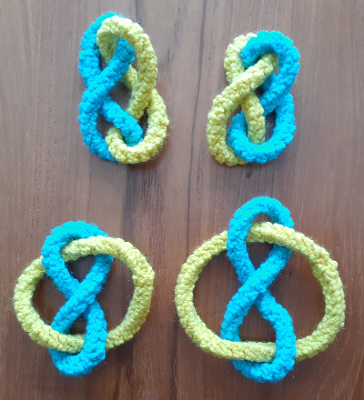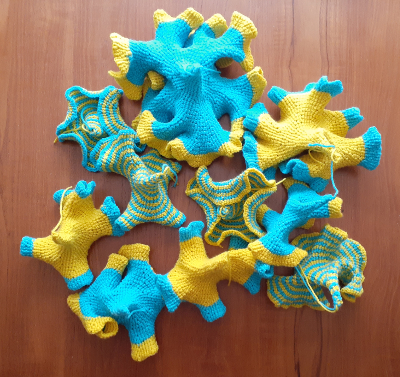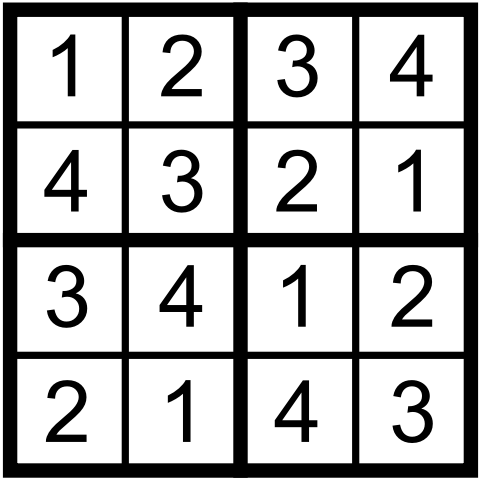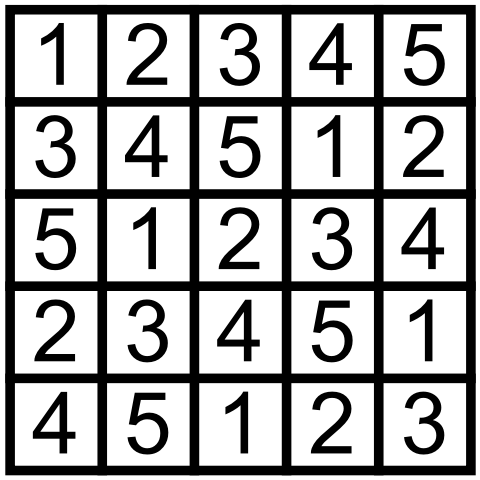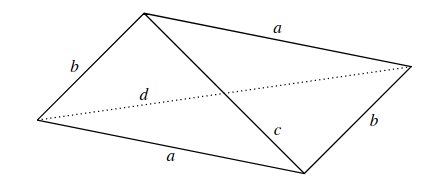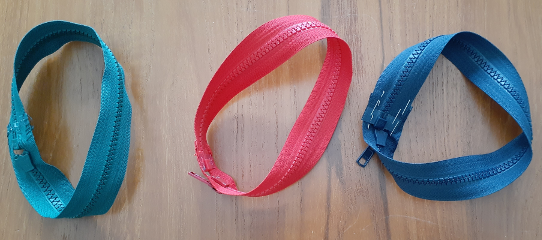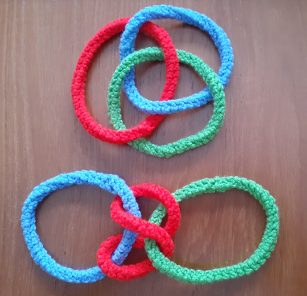What are Your Math Research Interests?
For students applying to PRIMES, we have a question about their research interests. RSI asks a similar question from their applicants.
I am looking at all the submissions, and this essay will help our applicants to get projects that are well-suited for them.
We, at PRIMES and RSI Math, usually have research projects lined up in advance. That means, we are not creating projects to match applicants’ requests. We match existing projects to students’ backgrounds and interests.
If you are applying to one of these programs, here is my advice.
Don’t be too specific about what you want. Suppose you want to study the symmetries of an icosahedron. This request is too narrow: there is a high probability we do not have such a project. How will we match you to a project? Our hope, in this case, is to find clues in your essay. For example, we might discover that you heard a fascinating lecture on icosahedron’s symmetries, which is why you requested the topic. In this case, we assume that another fascinating lecture on a different topic might also excite you, and you will be matched with a random project. But if your description is broader, say, if you write that you like group theory or geometry, your match won’t be as random.
Specify things you do not want. Given our project distribution, you might not get a project in the area that is your first or even your second choice. On the other hand, if you write to us that you hate geometry, it is very easy to find a project without a geometric component. If there is something you definitely do not want, it is advantageous for you to mention it. Be precise about your advanced knowledge. For example, linear algebra is one of the most powerful tools in mathematics. Not surprisingly, we often have projects that require a serious background in linear algebra and specifically look for students who know it. Unfortunately, we often receive inadequate descriptions of students’ backgrounds. Even if you took a linear algebra course, it might be useful to mention which book you used and how many chapters you covered. This also applies to other advanced topics. An applicant might say they are proficient in cohomologies after half-listening to one half-hour lecture on the topic. This is not proficiency; it only indicates interest. If you claim advanced knowledge, specify the scope. The best way to start is by listing the books you have attempted to read. For each book, describe which chapters you only scanned, which chapters you read and understood, and for which chapters you solved all of the exercises.
Add more information if your first choice is number theory. Almost every year, we have several students requesting number theory. This might be explained by the successes of the Ross and PROMYS summer programs. The graduates from these programs love number theory and have a good number theory background. However, modern number theory is very advanced, and we seldom have these types of projects. So, if number theory is your top choice, there are two things you can do. First, mention your second choice. Second, specify what you like about number theory. For example, if you are into the more abstract parts of number theory, another abstract project might be a good fit.
Describe your priorities in broader terms. It is beneficial for every starting mathematician to figure out the area they like by asking themselves broader questions. If you know the answers to the questions below, it is helpful to write them on the application form.
- Do you love or hate abstractions?
- Do you prefer discreet or continuous problems?
- Is the real-life impact or inner beauty of your project more important to you?
- Do you enjoy having a visual component to your project?
- Do you like when problems involve programs and calculations?
If you follow my advice, you might get a project that matches your tastes better. Not only that: figuring out the answers to these questions will help you build the life you love.
Share:
